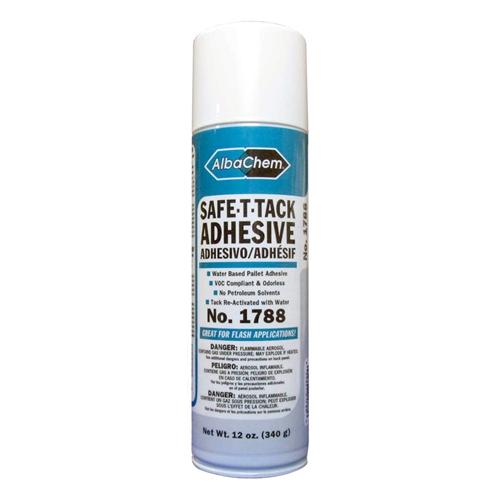This user has no status.
This user has no status.
Well-Known Member
This is a pretty cool idea, I remember from my childhood that the adult top players in the club used to wet glue the speed glue. They used the sponge of the rubber to spread the speedglue on the blade and the sponge itself. Once spread "evenly" they immediately slapped the 2 mofo together and waited. Their chemistry was that the fumes will not go out into the air, but more so in the sponge which was the big idea of speed gluing.Curiously, wet gluing is Soulspin's recommended gluing method: https://soulspin.de/en/table-tennis-tutorials/wet-gluing-table-tennis-rubbers/
Anyway I would be super cautious about doing this now because there are no fumes to go into the sponge from the glue and the only thing you will achieve with your perfectly smooth glue surface is that the press will press out the air (factory boost) from the sponge. So you accelerate the deflation of your sponge. So if one does this method better to buy their tuning airbox too.
For sure this method works, if someone assembled their own PC before knows you can just put a small blob of thermal gel on the CPU and the cooler will spread it evenly after it is mounted.
Maybe it works better with the German glues, those are stronger. But also cannot be sanely removed from the sponge if one wants to swap the rubber out.after reading this , and watching the tutorial , I have "short-cut" my experiment by 3 hours. So my test was only 21 hours.
I simply added DHS 15 liberally to a piece of rubber and put a second piece on top , placed the lot between 2 pieces of plate glass and placed a rock on top.
Result : the glue has fully dried.
the bond is rubbish and maybe only 40% as strong as when
done the normal way
The further downside is that you cannot add multiple glue layers in a sane way.












